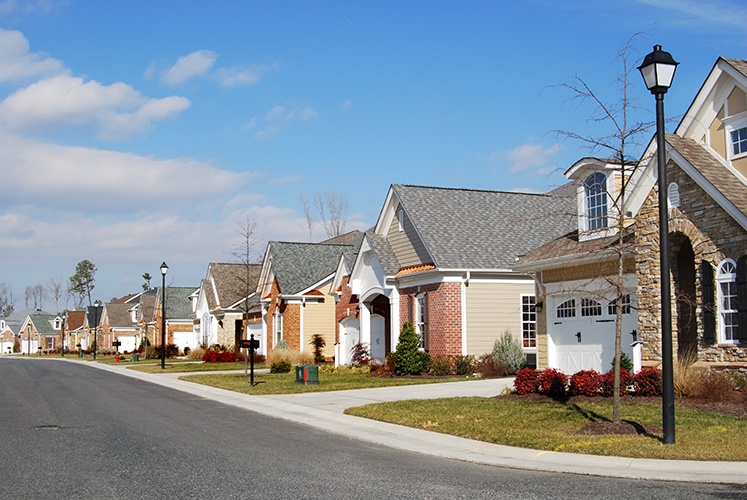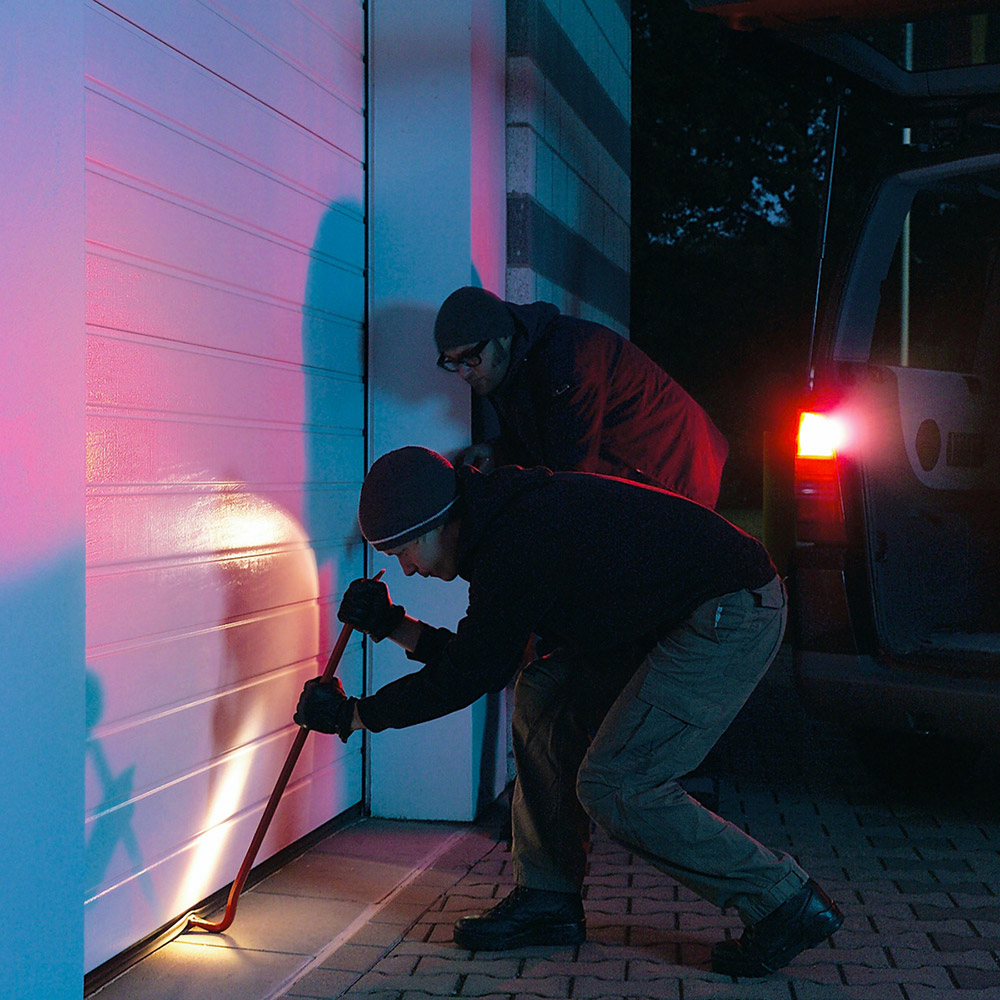In today’s world, ensuring the safety of our homes and communities has become more important than ever. Neighborhood watch programs have emerged as a powerful tool in fostering a sense of security and vigilance among residents. These community-driven initiatives not only help deter crime but also create a network of informed and proactive neighbors who look out for one another. In this article, we will explore how neighborhood watch programs enhance home safety, the benefits they bring to communities, and practical steps to get involved or start one in your own area. Whether you live in a bustling city or a quiet suburb, understanding the impact of these programs can empower you to take an active role in protecting your home and loved ones.
- The Role of Community Engagement in Reducing Crime Rates
- Effective Communication Strategies Within Neighborhood Watch Groups
- Collaborating with Local Law Enforcement for Maximum Impact
- Practical Tips for Starting and Maintaining a Successful Neighborhood Watch Program
- The Conclusion
- Related Products
- Check Our Other Blogs
The Role of Community Engagement in Reducing Crime Rates
Community engagement serves as a powerful tool in crime prevention by fostering trust and collaboration among residents. When neighbors actively participate in crime-reduction efforts, such as neighborhood watch programs, they create an environment where suspicious behaviors are quickly reported and addressed. This collective vigilance sends a clear message to potential offenders that the community is alert and united, significantly deterring criminal activities. Moreover, engaged communities often liaise with local law enforcement, enhancing response times and ensuring resources are efficiently allocated where they are needed most.
Key benefits of community engagement in reducing crime include:
- Improved communication and information sharing between residents and police
- Increased social cohesion and mutual support among neighbors
- Empowerment of individuals to take proactive steps in safeguarding their environment
- Creation of a visible presence that discourages criminal behavior
By strengthening the social fabric through active participation, communities not only reduce crime rates but also build a safer, more inclusive living space for all residents.
Effective Communication Strategies Within Neighborhood Watch Groups
Clear and consistent communication forms the backbone of any successful neighborhood watch initiative. Members must prioritize active listening and transparent dialogue to ensure all voices are heard and concerns addressed promptly. Leveraging multiple communication channels, such as group text messages, community apps, and regular face-to-face meetings, strengthens collaboration and fosters trust among participants. Establishing designated points of contact can also streamline information flow, reducing confusion during emergencies and routine updates alike.
Moreover, adopting a structured approach to information sharing encourages accountability and collective vigilance. Simple yet effective tactics include:
- Creating a shared calendar for neighborhood patrols and safety briefings
- Using encrypted messaging platforms to safeguard sensitive information
- Conducting training sessions to improve communication skills and emergency response
- Implementing feedback loops to continuously refine communication methods
By embracing these strategies, neighborhood watch groups can maintain a united front, ensuring that critical information is relayed efficiently and everyone remains informed and engaged in safeguarding the community.
Collaborating with Local Law Enforcement for Maximum Impact
Establishing a robust partnership with local law enforcement significantly amplifies the effectiveness of neighborhood watch initiatives. When community members and officers engage in regular communication and share vital information, it builds trust and ensures timely responses to suspicious activities. This collaboration fosters a proactive approach, allowing law enforcement to allocate resources more efficiently, prioritize patrols, and conduct targeted interventions based on the neighborhood’s unique concerns.
Key elements of a strong partnership typically include:
- Joint training sessions: These equip volunteers with valuable skills such as recognizing warning signs and understanding legal boundaries.
- Regular community meetings: Forums for sharing updates, discussing trends, and receiving feedback from both officers and residents.
- Dedicated liaison officers: Assigned personnel who act as direct points of contact between the watch group and police department.
By weaving law enforcement expertise into grassroots vigilance efforts, neighborhood watch programs create a unified front that deters crime and cultivates a safer environment for everyone.
Practical Tips for Starting and Maintaining a Successful Neighborhood Watch Program
Launching a neighborhood watch program starts with building strong community relationships. Begin by organizing a meeting with neighbors to discuss common safety concerns and set clear objectives. Encourage open communication by selecting a coordinator or committee members who are approachable and committed to the cause. Additionally, incorporating local law enforcement from the outset provides valuable insights and lends credibility. Establish clear guidelines on reporting suspicious activities and maintain a schedule for regular meet-ups to keep everyone engaged and informed.
Long-term success depends on consistent participation and adaptability. To maintain momentum, use a variety of communication tools such as social media groups, email newsletters, or community bulletin boards to share updates and safety tips. Recognition and incentives like community clean-up days or safety workshops can motivate members to stay active. Always be prepared to reassess strategies and welcome new members to ensure the program evolves with the neighborhood’s changing needs. Remember, a vigilant and connected community is the strongest defense against crime.
- Host initial meetings in accessible, neutral locations
- Designate roles such as coordinator, secretary, and neighborhood liaisons
- Keep communication consistent but respectful of personal privacy
- Partner with local police for training and support
- Celebrate milestones to boost morale and visibility
The Conclusion
In the end, neighborhood watch programs stand as a powerful testament to the strength found in community collaboration. By fostering vigilance, communication, and mutual support, these initiatives significantly enhance home safety and contribute to a greater sense of security for all residents. While no single strategy can guarantee complete protection, embracing the collective effort of a neighborhood watch can make a meaningful difference in preventing crime and responding effectively when incidents occur. If you’re looking to create a safer environment for your home and family, getting involved in or starting a neighborhood watch program is a serious, proactive step worth considering. Remember, safety begins not just at your doorstep, but with the shared commitment of your entire community.
Related Products
Check Our Other Blogs
- StunGun – Your Trusted Source for Stun Guns, Laws, and Self-Defense Tips
- PepperSprayLaws – Your Trusted Resource for Pepper Spray Information
- StunGunLaws – Your Trusted Guide to Stun Gun Legality and Safety
- Featured.biz – Your Hub for the Latest in Tech & Electronics
- SafetyTips – Your Guide to Smarter, Safer Living









:format(webp))
















